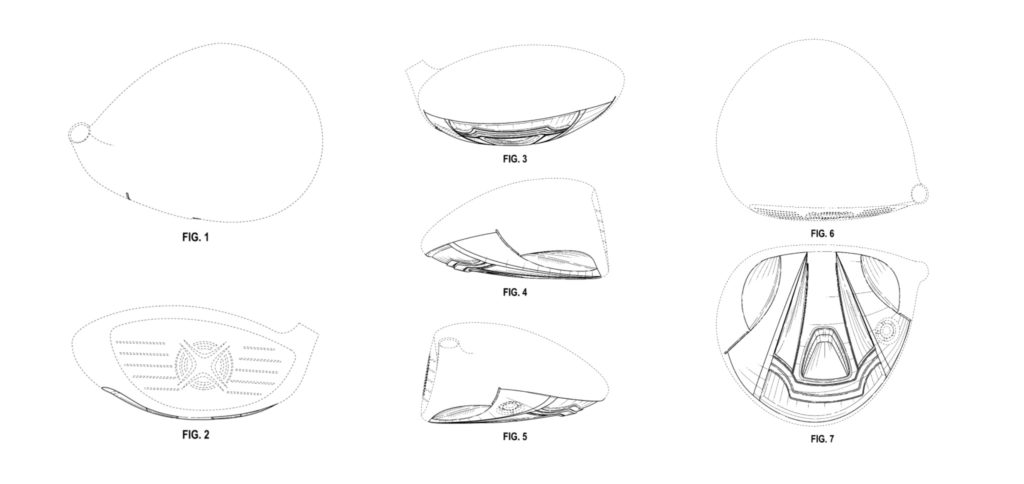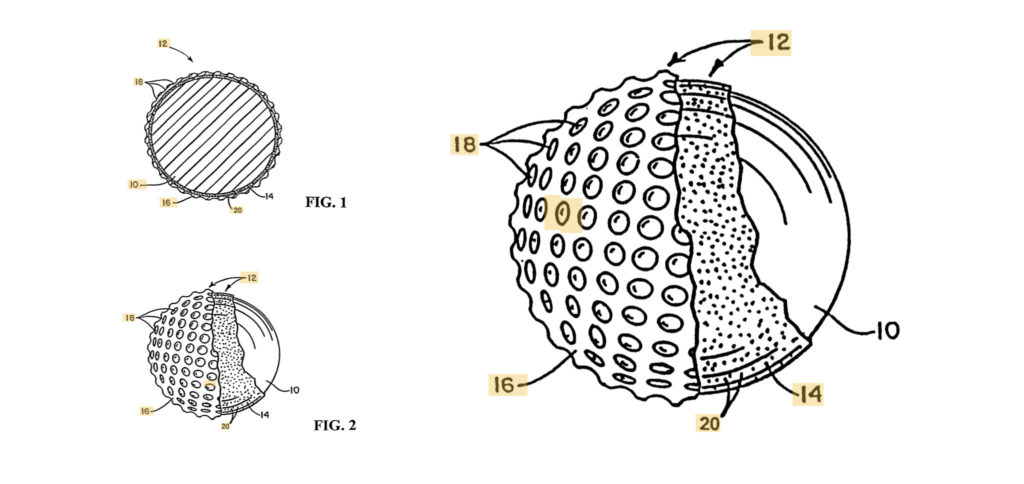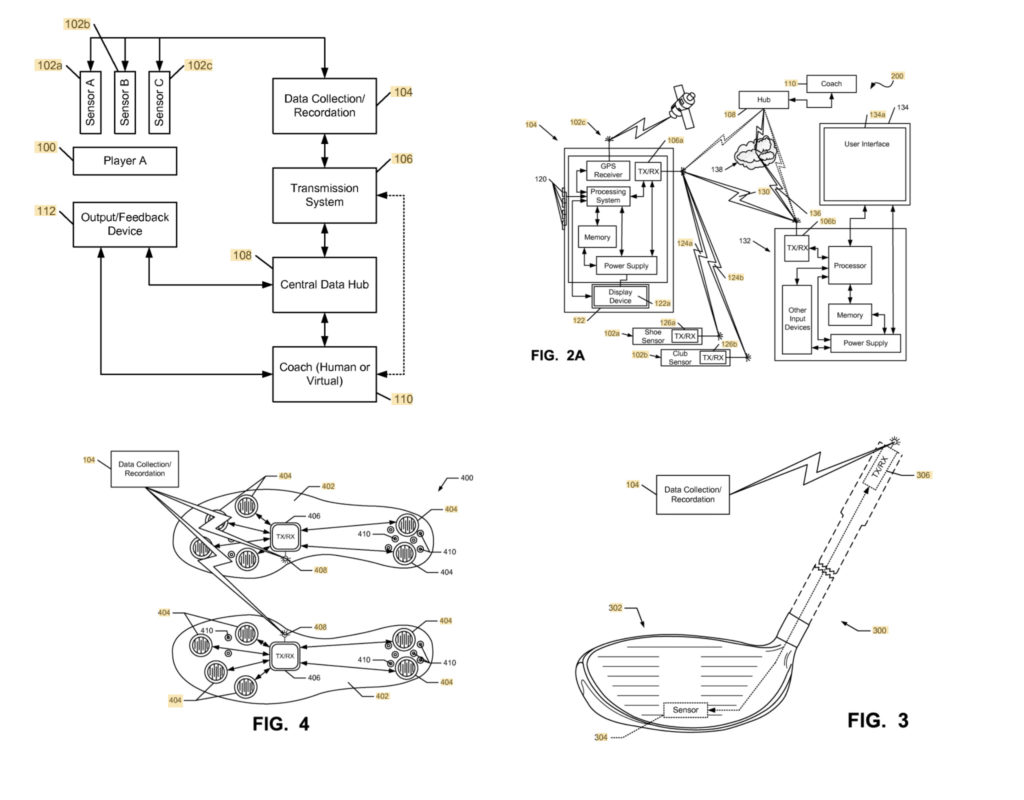A ton of innovation goes into golf equipment and accessories that help players achieve the perfect swing. So, it is no wonder that golf is the leading sport in the United States in terms of patents filed with the United States Patent and Trademark Office (USPTO). Over 500 golf patents were issued by the USPTO in 2020! Tees, club design, practice putting greens and mats, and golf swing assistance devices are just a few of the many contraptions invented to improve one’s form and technique.
Types of Golf Patents
A golf-related innovation is usually either some sort of device, like a new golf club handle or high-tech gadget that lets a player know how accurate their swing is, or the innovation can lie in the specific design of golf equipment, such as how the specific dimpling on a golf ball can generate lift or the patterning on a driver’s head can enhance performance of the club. There are two types of patents that are particularly relevant to golf-related inventions – utility patents and design patents.
- Golf Utility Patents – A utility patent, when issued, offers 20 years of protection against others making, selling or using the invention, starting from the date the patent application was filed. Utility patents in the golf world are for inventions related to swing assistance devices, training aids for improving your swing, golf gloves and cleats, golf club heads and handles, golf course scheduling management software and mobile apps, and the like.
- Golf Design Patents – Design patents offer protection on specific ornamental features or designs (e.g., how the device looks, is shaped, its surface configuration, etc.), and protection lasts for fifteen years from issuance. Design patents are useful for protecting the surface patterning of a golf ball or the head configuration of a driver, putter or other golf club head.
Golf Club Patents
Any avid golfer is familiar with the brands Callaway, Ping and TaylorMade as these are some of the main manufacturers of golf clubs. And these companies hold a great many number of patents on their specific golf club lines of products. For instance, the Callaway GBB Epic Driver has several patents protecting its design and functionality, including U.S. Patent No. 9,174,097 (a utility patent on the adjustable shaft and hosel assembly) and U.S. Design Patent Nos. D813,331, D813,332, and D813,333, are each directed to ornamental design features on the Epic club head. Similarly, Ping’s incredibly popular G® Driver is protected by over twenty patents. TaylorMade’s patent portfolio for the SIM driver 2020 contains upwards of 100 patents. When it comes to protecting novel features and designs of golf clubs against infringement by competitors and knockoff suppliers, these companies take patenting seriously.

Golf Ball Patents
It isn’t just protecting golf clubs with patents that is a big deal in the golf industry. Golf balls are the subject of many patents as well. Companies like Acushnet and Callaway have extensive patent portfolios directed to various features of golf balls – from surface dimpling patterns (U.S. Patent No. 6,945,880), to golf ball construction (U.S. Patent Nos. 7,744,491 and 10,058,741), to golf balls that contain electrical components (U.S. Patent No. 10,688,366). There are literally thousands of patents directed specifically to golf balls.

Golf Software Patents
Software has also been integrated into a number of golf-related innovations. For instance, there are a number of golf training devices and tools that use software to analyze a player’s swing, trajectory, and form (such as U.S. Patent Nos. 8,202,248 and 10,201,739). Players who want to improve their skills can get virtual lessons online using patented web based interactive lessons (U.S. Patent No. 8,613,620). Patent applications have been filed on portable score keeping devices (U.S. Publication No. 2005/0096761), devices that track pace of play using software (U.S. Publication No. 2018/0204227), computerized systems for managing traffic on busy golf courses (U.S. Publication No. 2017/0164152), and scheduling software for tee time (U.S. Patent No. 8,457,883).

Want to Protect Your Golf Related Invention? Here’s Where to Start.
Golfers are passionate individuals who often have great ideas on how to improve their game. These ideas could be patent worthy, and a good place to start when you think you have a great new golf idea is to conduct a prior art search – and more specifically, to hire a trained professional to conduct a prior art search for you. A prior art search involves researching relevant patents and published applications, as well as digging into literature and looking for products that are already available on the market. By seeing what is already out there, a trained professional can better evaluate whether your golf idea is a good candidate for patent protection.
The professionals at the Rapacke Law Group have extensive experience performing prior art searches, and have worked with a number of avid golfers to protect their novel golf inventions. Feel free to contact us today for a free initial consultation.




